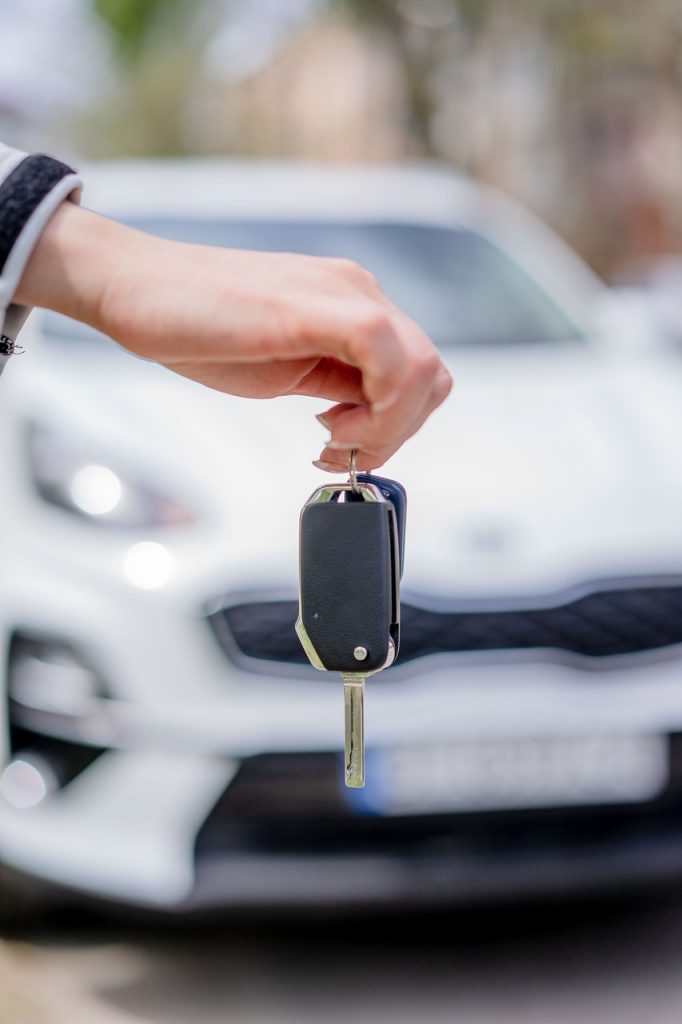
The price of car insurance can be influenced by factors, one of which is how you drive. In the past insurance companies would assess your driving record to understand your habits, on the road. However, nowadays thanks to car insurance tracking devices they can directly monitor your driving behaviors. Use this information to accurately determine adjusted insurance rates.
If you’re looking for affordable car insurance rates you may have come across programs that offer usage based insurance and utilize these tracking devices. These programs are becoming increasingly popular because they have the potential to lower insurance rates for drivers who’re safe or don’t drive often. Should you consider enrolling in a car insurance tracking program?
It’s important to understand how these devices work what data they collect and how they affect your rates before making a decision.
An insurance tracker essentially works as a telematics system that records your driving behaviors. There are two types of auto insurance trackers; a physical telematics device (also known as a dongle) that you install in your car and a smartphone app. The choice between these options often depends on your insurer and the program you choose.
Regardless of which type you go for the insurer will use the device to gather data, about how you drive.Usually these gadgets are provided as part of a usage based insurance (UBI) plan, where they collect data such, as speed, braking and mileage to calculate a customized premium.
The first program of its kind in the United States was the Progressive Snapshot program. Since then other insurance companies have introduced programs. Now customers have a variety of options when it comes to driving monitoring programs, including Allstates Drivewise, Geicos DriveEasy and State Farms Drive Safe & Save.
Participating in these tracking programs is voluntary. You need to give your consent to use either the dongle or app for tracking your driving behavior. If you don’t see any savings from the program you should be able to opt out without any issues. However keep in mind that each insurer has its set of rules and restrictions, for their program. If you decide to stop participating make sure to inform them about your decision. Removing the device or discontinuing the use of the app may impact your premiums. Cancel any discounts offered.
The way an auto tracking device operates depends on the technology used by your insurer. If they use a device it is typically connected to your vehicles onboard OBD II port located beneath the steering wheel.
The device collects information, about how you use your vehicle and your driving habits from the cars onboard system and a set of sensors.
If your insurance company uses a tracking device all you have to do is download their app follow the instructions and start driving. The app doesn’t directly access data from your vehicles OBD II port – instead it uses the built in sensors on your smartphone to record information about your driving habits, like acceleration or hard braking.
No matter which tracking method is used the collected data is usually. Sent to the insurance company for evaluation. This information helps them assess how you drive determine your rates and identify any discounts or program benefits you might be eligible for.
Insurance companies that offer tracking programs typically disclose what kind of data they collect. You can usually find this information on their website or by talking to one of their agents.
The collected data often includes:
- How and for how you drive;
- Instances of hard braking;
- Rapid acceleration;
- Quick or sharp turns
- Driving at night;
- Phone usage while driving.
Using mapping data in combination, with the collected information insurers analyze how well you follow traffic rules and evaluate your overall driving habits.
They can also identify if you are using your phone while driving, which is considered as “driving.”
Your insurance company utilizes this information to calculate your premiums. However this data can also be advantageous, for you. For example, numerous smartphone applications offer a dashboard and feedback regarding your driving habits. By studying instances of acceleration and distracted driving you have the opportunity to adjust your behavior potentially enhancing your driving abilities and subsequently improving your auto insurance rates.